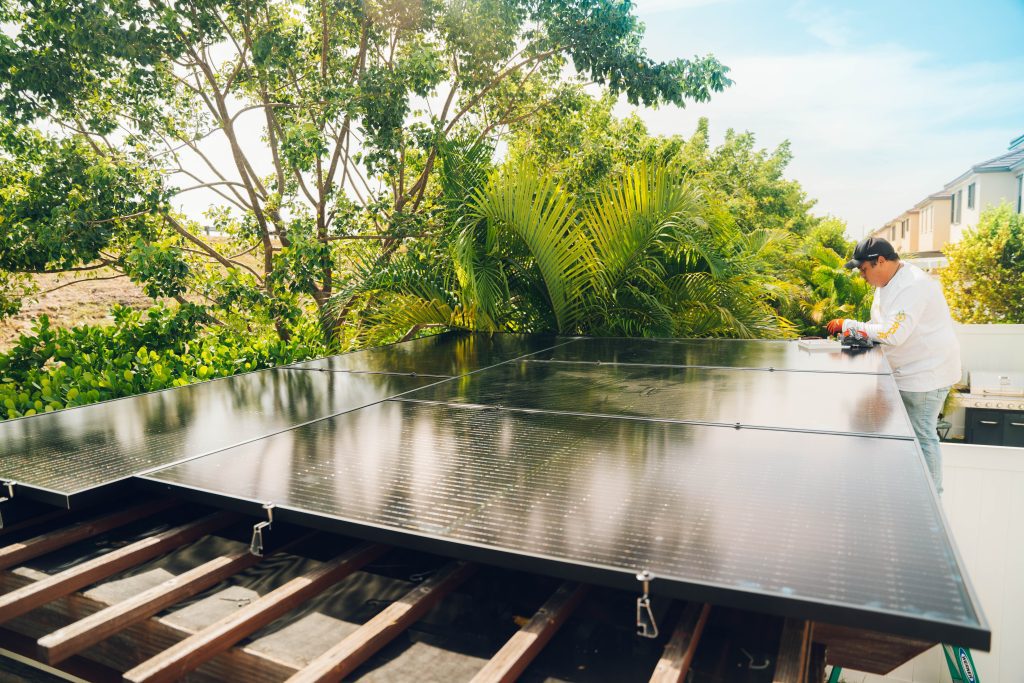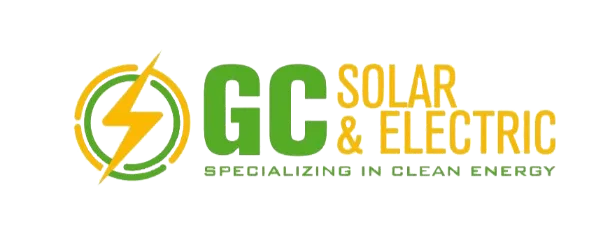

At the heart of every solar panel lies a network of photovoltaic cells, the true workhorses converting sunlight into electricity. These cells are predominantly made from crystalline silicon, a material prized for its semiconductor properties. Polycrystalline silicon and monocrystalline silicon are the two primary forms, each offering distinct advantages.
The top layer of solar panels consists of tempered glass, a robust material that serves a dual purpose. Not only does it protect the delicate photovoltaic cells from external elements, but it also allows sunlight to penetrate and reach the cells. The frame surrounding the panel, often made of aluminum, provides structural support and further shields the components from environmental factors. GC Solar & Electric prioritizes durability and resilience in their panel design, using top-tier glass and frames to ensure longevity and weather resistance.
Beneath the photovoltaic cells, a specialized backing material, known as the backsheet, is employed to insulate and protect the rear side of the panel. This layer is crucial for preventing moisture infiltration and maintaining the structural integrity of the solar panel. Additionally, a junction box is incorporated to facilitate the connection of multiple panels and ensure efficient power output. GC Solar & Electric’s commitment to quality is evident in their meticulous selection of backsheets and junction boxes, enhancing the reliability of their solar panels.
Within the solar panel’s structure, various conductive materials, such as copper or aluminum, are strategically placed to facilitate the flow of electricity. These conductors form a network that channels the generated electricity from the photovoltaic cells to the junction box, where it is harnessed for distribution. GC Solar & Electric’s attention to detail extends to the selection of these conductive materials, ensuring minimal energy loss and maximizing the overall efficiency of their solar panels.

